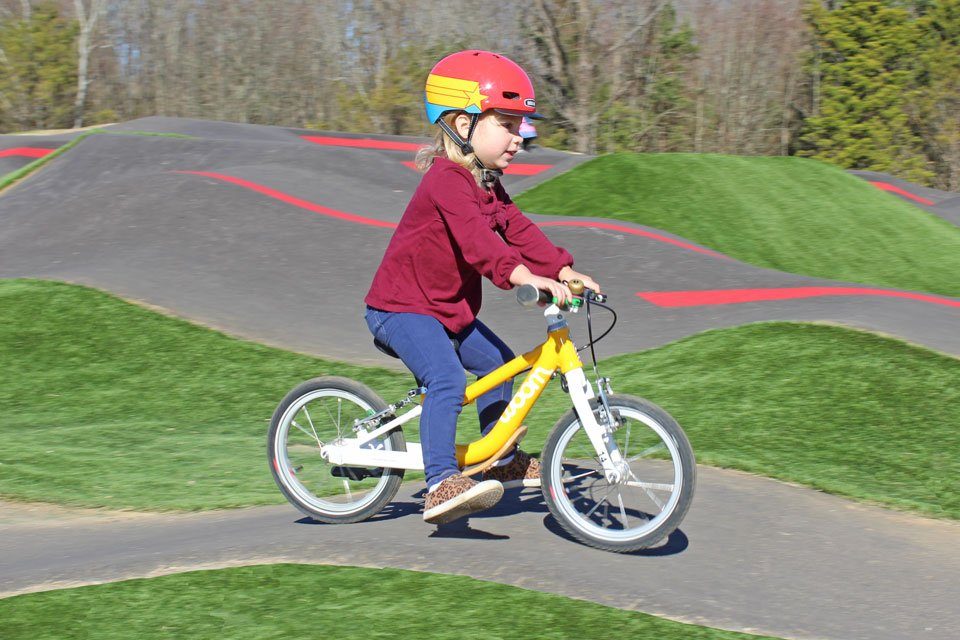A balance bike, also known as a training bike or a running bike, is an excellent tool for helping your child develop their balance, coordination, and motor skills. Unlike traditional bicycles with pedals, balance bikes have no pedals and rely solely on the child’s balancing abilities to move forward. In this blog post, we will discuss how to use a balance bike with your child, ensuring a safe and enjoyable learning experience.

1. Choose the Right Size
The first step in using a balance bike with your child is selecting the appropriate size. A balance bike that is too small can be difficult for your child to maneuver, while one that is too large can be unsafe and cause accidents. Most manufacturers provide size charts based on a child’s age and height. It is essential to measure your child accurately and choose a bike that corresponds to their size range. If possible, visit a physical store where your child can try out different sizes and find the one that feels comfortable and easy to ride.
2. Introduce the Balance Bike Gradually
Once you have the right-sized balance bike, it’s time to introduce it to your child. Start by placing the bike on a flat surface, such as a driveway or indoor floor. Have your child sit on the bike with their feet flat on the ground, knees slightly bent, and hands holding onto the handlebars. Encourage them to practice lifting their feet off the ground and balancing without pedaling. Initially, they may need your support or assistance, but gradually, they will learn to maintain their balance independently.
3. Provide Positive Reinforcement
Learning to ride a balance bike can be challenging, especially for young children. It is crucial to provide positive reinforcement and encouragement throughout the learning process. Praise your child for their efforts and progress, no matter how small. Celebrate their achievements, such as riding for a few seconds without falling or mastering a specific skill. This positive feedback will boost their confidence and motivate them to continue practicing and improving.
4. Offer Protective Gear
Safety should always be a top priority when teaching your child how to ride a balance bike. To minimize the risk of injuries, consider providing your child with protective gear, such as knee pads, elbow pads, and helmets. Make sure the helmet fits snugly and covers their head securely. While it is essential to encourage independence, it is equally important to ensure that your child feels safe and protected while learning to ride their balance bike.
5. Practice Regularly
Like any other skill, riding a balance bike requires practice and repetition. Set aside dedicated practice sessions with your child, ideally on a flat surface free from obstacles. Start with short sessions of a few minutes and gradually increase the duration as your child becomes more confident and skilled. Encourage them to practice both indoors and outdoors, as this will help them adapt to different surfaces and conditions. Consistency is key when it comes to learning how to ride a balance bike, so make sure your child has regular opportunities to practice and improve.
6. Be Patient and Supportive
Learning to ride a balance bike can be a challenging and sometimes frustrating experience for both children and parents. It is essential to remain patient and supportive throughout the learning process. Remember that every child develops at their own pace, and some may take longer than others to master this skill. Avoid comparing your child’s progress with others and focus on their individual achievements. Offer encouragement, guidance, and patience as they navigate through the ups and downs of learning to ride a balance bike.
In conclusion, using a balance bike with your child is an excellent way to promote their physical development, coordination, and confidence. By choosing the right-sized bike, introducing it gradually, providing positive reinforcement, offering protective gear, practicing regularly, and being patient and supportive, you can help your child successfully learn how to ride a balance
